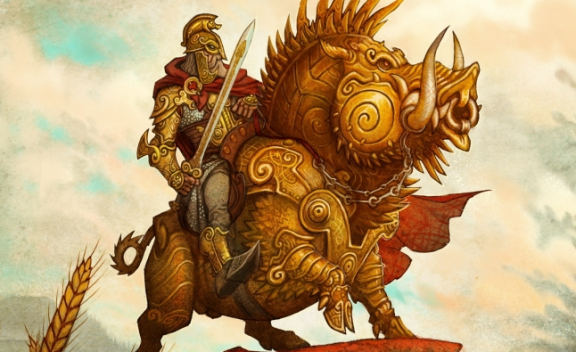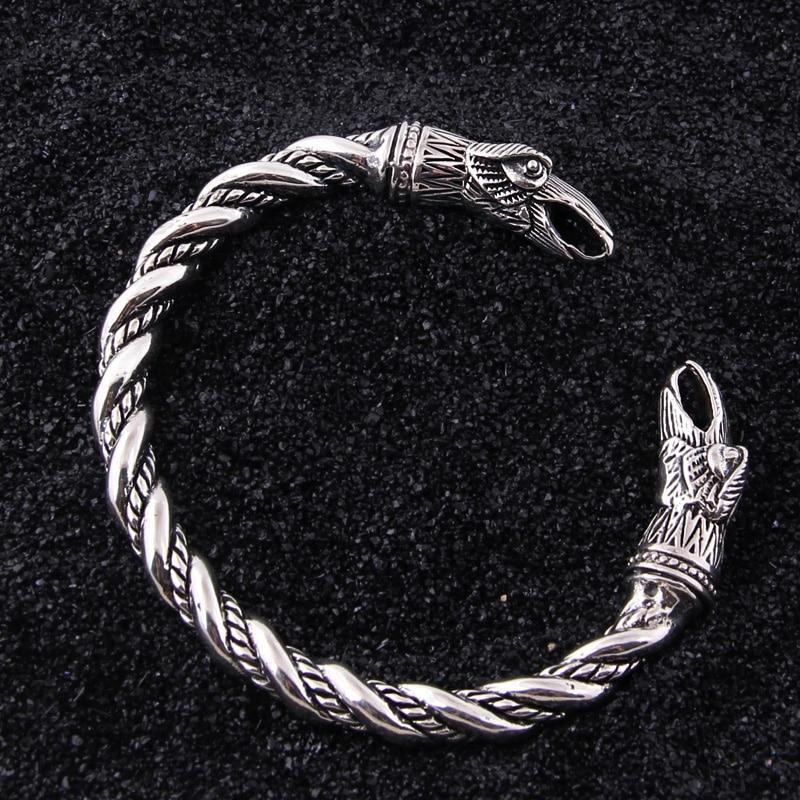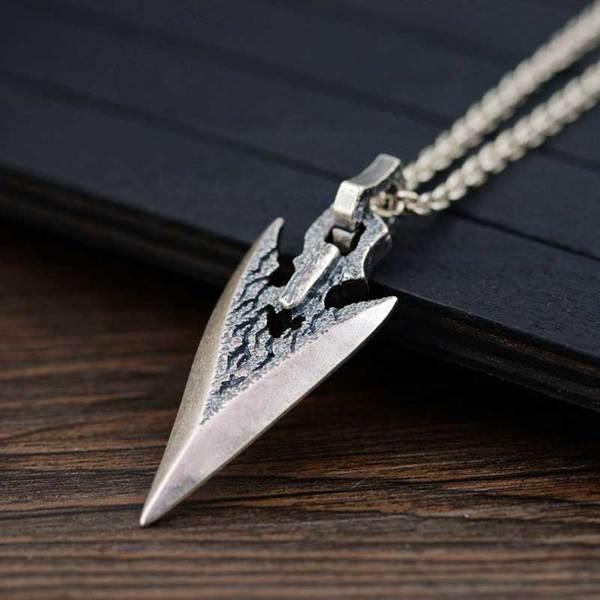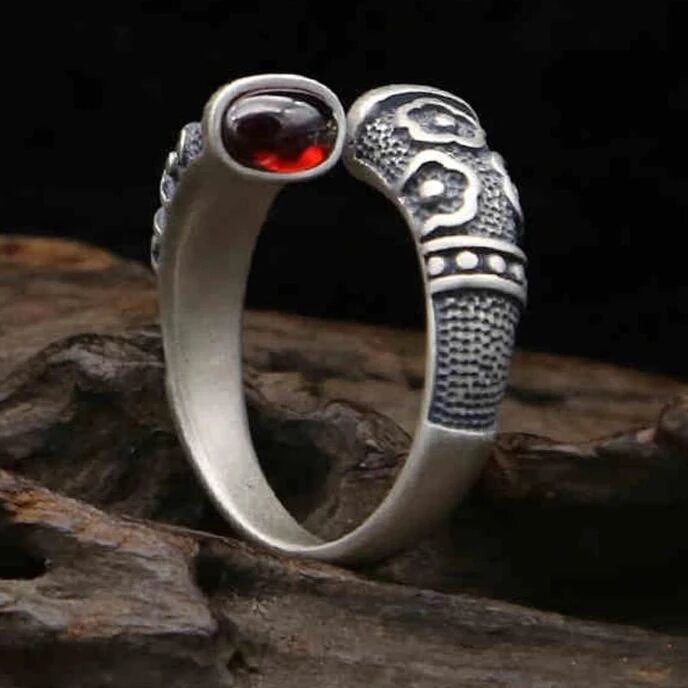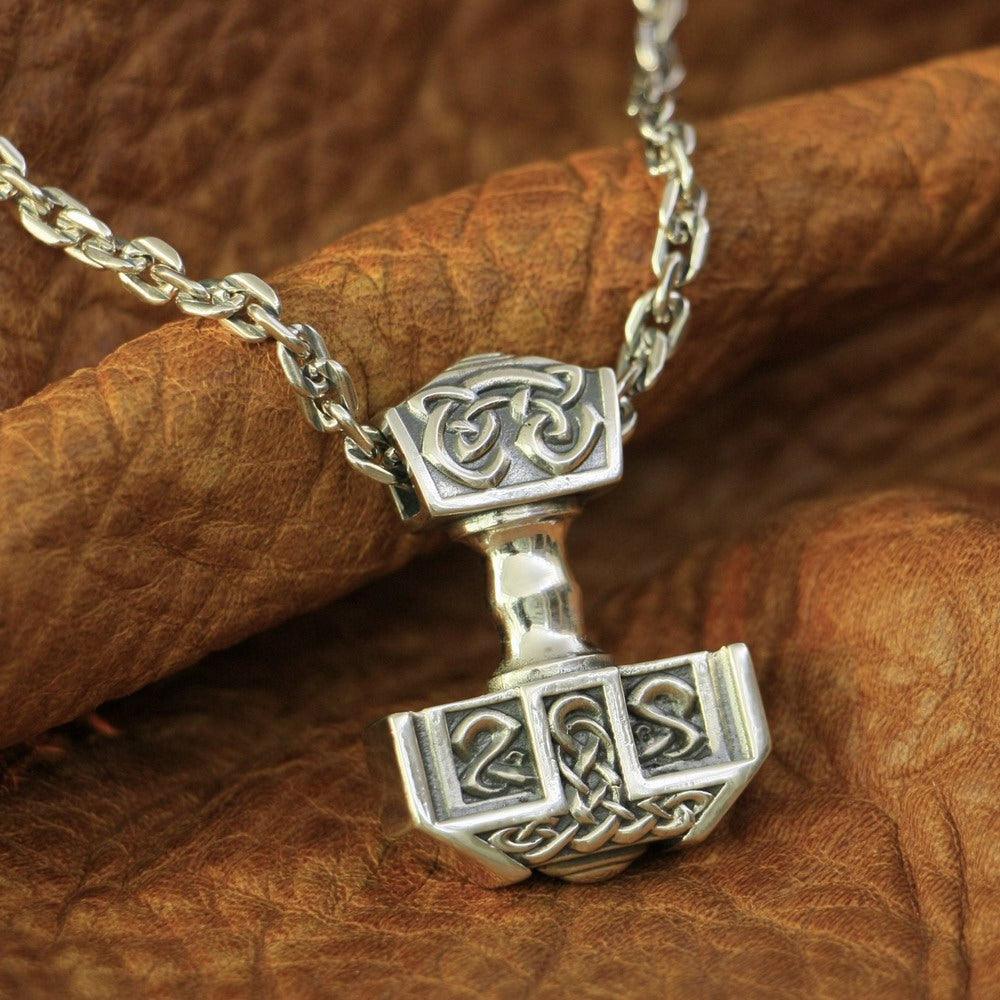Freyr (pronounced “FREY-ur;” meaning “Lord” in old Norse) is one of the most widely and passionately venerated Gods of the Norse pantheon. A Vanir God, he arrived in Asgard with his sister Freyja and their father Njord as a hostage in the peace treaty that ended of the Aesir-Vanir War (read more here), and quickly rose to high prominence among the Gods.

Freyr and his sister Freyja
Freyr is the God of virility, peace, prosperity and good harvests, making it easy to understand why the Poetic Edda calls him “the foremost of the Gods” and “hated by none.” His role in providing health and abundance was often symbolized by his boar Gullinborsti or “Golden-Bristled”. Being a God of virility, he is often depicted with an enormous… enthusiasm.

The Rällinge statuette, believed to depict Freyr
It shouldn’t be surprising then, that Freyr was a frequent recipient of sacrifices at various occasions, such as the blessing of a wedding or the celebration of a harvest. During harvest festivals, the sacrifice traditionally took the form of his favored animal, the boar.
Freyr himself has been the lover of numerous Goddesses and giantesses, but fell in love with the female jötunn Gerðr, who eventually became his wife. Freyr had a magic sword which fought on its own "if wise be he who wields it.” He gave up the sword to Skírnir for the hand of the giantess Gerðr, and so was forced to adopt an antler as a weapon, which he used to kill the giant Beli.

Freyr with Gullinbursti holding his sword Skírnir
During the events of Ragnarök he will face the fire giant Surtur and, even slaying the giant, Freyr will still die, for he no longer has his sword.
Another one of Freyr’s signature possessions is his ship, Skíðblaðnir, meaning “Assembled from Pieces of Thin Wood,” which always catches a favorable wind and can be folded up and carried in a small bag.
The importance of Freyr cannot be overstated as we can attest by one of the few written records that survived the Viking age. The book Gesta Hammaburgensis ecclesiae pontificum, written by Adam of Bremen between 1073 and 1076, is one of the oldest written sources on pre-Christian Scandinavian religious practices. The author Adam, claiming to have access to “first-hand accounts on pagan practices in Sweden”, refers to Freyr with the Latinized name Fricco and give us a description of the Temple at Uppsala:
“In this temple, entirely decked out in gold, the people worship the statues of three Gods in such wise that the mightiest of them, Thor, occupies a throne in the middle of the chamber; Woden and Frikko have places on either side. The significance of these Gods is as follows: Thor, they say, presides over the air, which governs the thunder and lightning, the winds and rains, fair weather and crops. The other, Woden—that is, the Furious—carries on war and imparts to man strength against his enemies. The third is Frikko, who bestows peace and pleasure on mortals. His likeness, too, they fashion with an immense phallus.” (Gesta Hammaburgensis 26, Tschan's translation)
According to The Prose Edda, Freyr’s residence is in Alfheim, the homeland of the elves, and he travels on land in a chariot drawn by boars. The priestesses and priests of Freyr celebrated the God in medieval Iceland by traveling throughout the country on a chariot adorned with a statue of Freyr.
Whenever the chariot reached a village or town, the people laid down their arms and “every iron object” and enjoyed a period of peace and joyful festivities, reveling in the deity’s kind presence. Such processions and celebrations appear to have been a common feature of the worship of the Vanir deities from at least as far back as the first century through the Viking Age.
Freyr connections with chariots and ships are frequently noted, and he is the legendary founder of various tribes and mythic genealogic lines, as well as Royal lines, such as the Yngling dynasty of Sweden.

Skíðblaðnir, Freyr's folding ship
As the bringer of peace, fertility, health and abundance, It is easy to understand the great importance of Freyr, truly “hated by none”.
Sources
Simek, Rudolf. 1993. Dictionary of Northern Mythology. Translated by Angela Hall. ISBN-10 0859915131
Jesse Byock (2005) Snorri Sturluson, The Prose Edda. 1st. edition. London, England: Penguin Books Ltd. ISBN-13 978-0-140-44755-2
Anthony Faulkes (1995) Snorri Sturluson, Edda. 3rd. edition. London, England: Everyman J. M. Dent. ISBN-13 978-0-4608-7616-2
Gesta Hammaburgensis, Tschan's translation, Google Books
